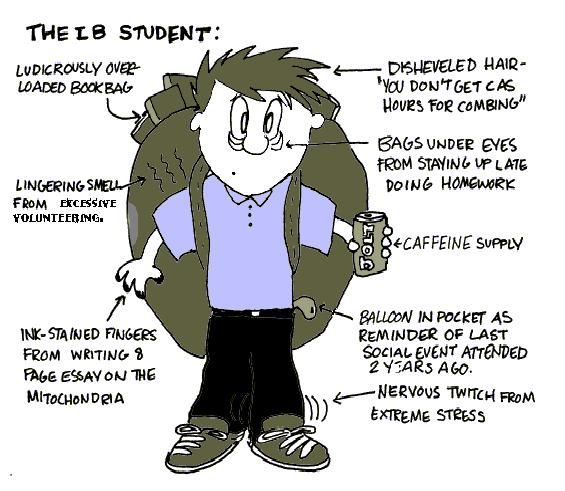By Eloïse Note, year 11
California has recently become the first state in the U.S. to require later school start times for their public schools. Backed by Governor Gavin Newsom, the goal is to ultimately transition to an 8:30 AM start over the next few years, in the hope that their students’ academic performances and overall health will rise.
Studies have shown that when students are able to begin school later in the day, their health, attendance and grades improve drastically. It is highly probable that students are more productive during the late hours of the day (8-10 PM). By allowing a later start, the policy enables students to work later while still getting a reasonable amount of sleep.
In contrast, our school starts at 8:15 and many students come to class tired and unfocused because of the tests, essays, and homework which often make them stay up late. BBC states that waking up at reasonable hours such as 7:30 or 8 can actually prove to be healthy and productive. However, as winter draws nearer, it becomes harder and harder to wake up due to lower sun exposure which stimulates our metabolism and body temperature. This results in what is called the “winter blues”, an annual depression which makes you resent waking up in the morning, avoid shadows and chase the little sun there is left.
To combat this issue, schools such as the Lindeborg school in Malmö have installed lights that imitate the sun, in order to keep students awake and active. These lights accurately represent the movement of the sun throughout the day and have shown positive results.
Making school start later has been seen to have successful results in both students’ health and schoolwork. Resenting school because of such an early start should not have to be a problem. Students can be eager to learn, and willing to work actively if schools adapted their hours or lights (depending on the season) to bring out the best in every single student. Perhaps we should consider doing the same…



